Behind men’s fashion lies the intriguing world of fabrics that designers use to create their latest clothing lines. Because they need beautiful materials to achieve their goals, textile sourcing for men’s fashion is a priority.
This article provides you with their guidelines for the season and offers information about the textile industry’s global value. Join us in this in-depth look into the world of textile sourcing for men.
Table of Contents
The global value of textiles for men’s fashion
Fabric sourcing for different garments
Placing textile orders for men’s fashion
The global value of textiles for men’s fashion
Because of fashion trends for men and others, the value of the textile industry in 2024 grew to USD 123,42 billion. Studies indicate that if sales continue at a compound annual growth rate (CAGR) of 4.8%, the value of this market will rise to USD 148,78 billion by 2033.
WGSN drives these global sales to some extent. As a globally recognized forecaster of the latest trends, WGSN significantly influences the production and sale of textiles. Part of their research involves attending trade shows and consulting other sources to stay on top of textile trends in men’s clothing and other sectors.
Online shopping also drives fabric sourcing because manufacturers no longer rely on local sales. Similarly, natural fibers and technically evolved or smart fabrics are boosting global sales for apparel and other uses.
The biggest buyers of these textiles are in the Asia-Pacific region, western Europe, eastern Europe, the United States and Canada, South America, the Middle East, and Africa.
Fabric sourcing for different garments
The fashion industry relies heavily on sourcing the right fabrics at the right time for its clothes. Besides timing, clothing manufacturers and designers want quality fabric for specific product categories.
Subsequently, the following guidelines offer in-depth information about trending materials and suitable garments for each type, including the following certification recommendations:
- Better Cotton Initiative (BCI)
- Global Organic Textile Standard (GOTS)
- Fair Trade
- Responsible Wool Standard (RWS)
- ZQ-certified by The New Zealand Merino Company Ltd. ZQ
- Forest Stewardship Council (FSC) approval
According to WGSN, the focus is on conscious textile options with a low impact as well.
Checks and plaids
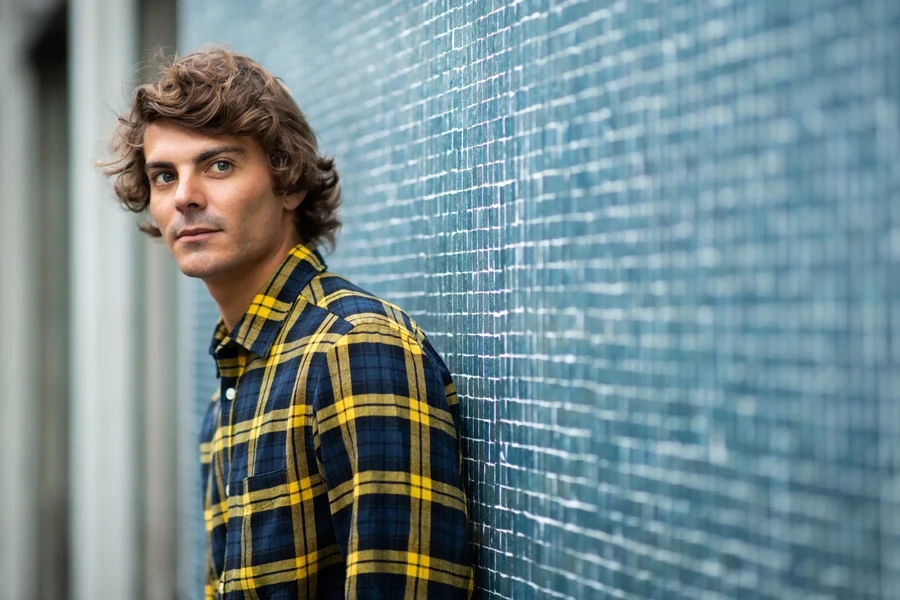
Fabric details: Heritage check fabrics from artisanal manufacturers with improved fabric construction and dyes are sought after for designer clothing lines. Insulating, warming 3D weaves with plush finishes, tactile brushing, needle cords in fall colors, and enriched neutrals are trending.
Fabric details: Classic check materials are also a big deal in men’s fashion. Industry experts suggest that buyers look at classic plaids in warm autumn shades, and medium- to heavy-weight blankets, and buffalo styles. Additionally, yarn-dyed Madras patchwork designs and soft, comfortable wool, linen, hemp, cashmere, and cotton combinations are preferred.
Garment suggestions: Heritage checks are used in men’s shirts, pullovers, cardigans, lightweight jackets, and pants. Classic checks go into making shirts, pants, denim, soft accessories, outerwear, and separates.Textured materials are even suitable for polo shirts and T-shirts in some cases.
Organic patterns, craft mixes, and minimalistic casuals
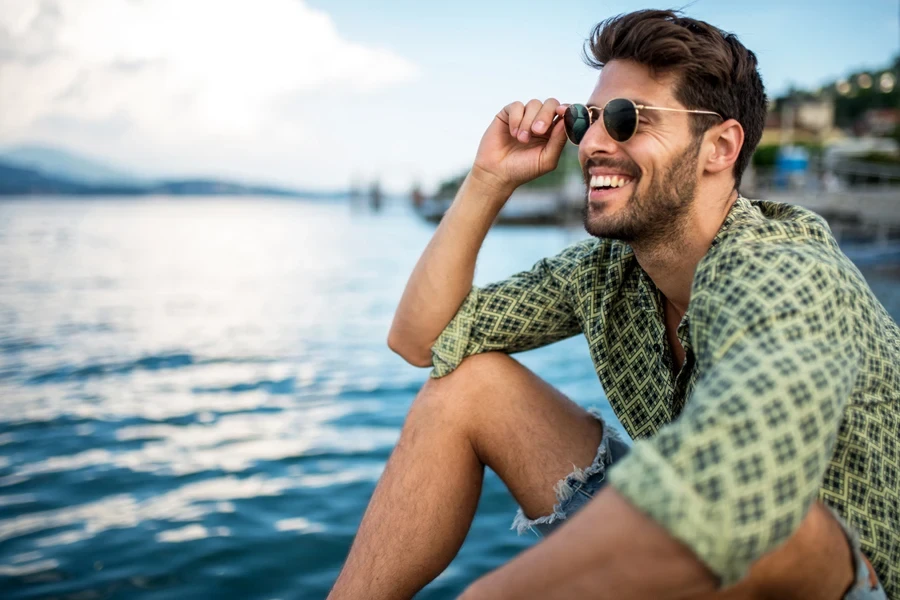
Fabric details: Look for organic textile patterns in camouflage, animal prints, and abstracts highlighting nature. The construction and finish should include new print techniques, marled yarns, dyes, jacquards, and double-cloth jacquards. The fabric should be natural but include silky cellulosic textures and polyester blends.
Craft fabric designs highlight checks, artisanal folk story motif themes, and mixed stripes. Textured materials with small, patterned dobby features and jacquard finishes are ideal. WGSN suggests buyers and retailers look for craft mixes made from natural fibers and peace silk.
Minimalistic casual materials in natural colors and undyed textiles should be on your shopping list. Fabrics in this range with tactile and smooth textures (recycled cotton, hemp, linen, ramie blends, cashmere, and wool) are popular with upcoming clothing brands. Neutral colors with dobbies, stripes, twills, and geometric patterns are making big impressions on luxury brands.
Garment suggestions: Organic patterns for formal and casual shirts, jackets, separates, outerwear, loungewear, and accessories. Craft mixes and minimalistic casuals for these clothes, loungewear, and denim.
Imprinted performance and outdoor utility
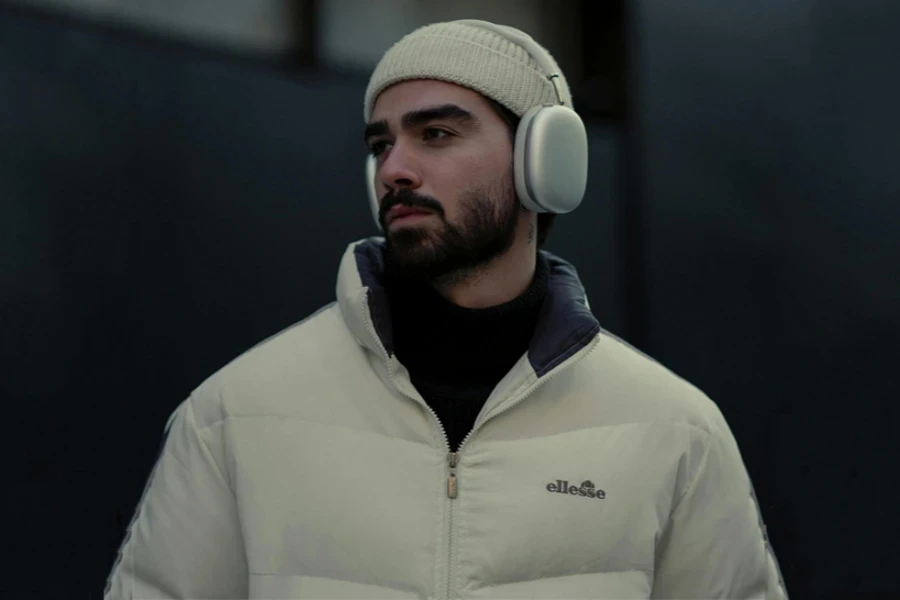
Imprinted performance textiles are made from nylon, Global Recycled Standard (GRS) polyester, biodegradable polyester, and cotton. These functional fabrics are designed to dry quickly, breathe, and be water- and tear-resistant. In this case, innovation in China has led to Recyctex, a bonded, large grid construction and finish. Other countries also have their favorites, such as matte shine textiles in Taiwan and prints and ripstop in France.
Fabrics for outdoor utility men’s fashion concentrate on plant-based fibers but also use fabrics like nylon for layering. The goal here is to look for heavyweight products like canvas, Oxford, ripstop, woven drills, and twills that are suitable for outdoor utility wear. Water-repellent, weatherproof finishes that are low impact should be a priority. Options in this category are marbling and special dyes with tie-dye and washed-down denim designs.
Garment suggestions: Clothing manufacturers use imprinted performance textiles for sportswear, shirts, jackets, soft accessories, and heavy, durable bottom-weight apparel. Similarly, outdoor utility textiles are used for shirts, jackets, pants, jeans, outerwear, and soft accessories.
Brushed warmth and flecked mixes

Fabric details: Brushed warmth textiles for men’s clothes are soft to the touch due to mohair, wool, or alpaca combinations. Look for this type of fabric with flannel and matte plush finishes that are irresistible to the touch. Materials with herringbone weaves in cotton twill and clothes made from cotton mix cords, moleskins, velour, and velvet are also trending for the 24/25 fashion season.
Fabric details: Flecked fabric mixes for men’s garments have been upgraded. Now, this material has checks in color weaves interspersed with textiles featuring slubs, neps, mouliné, and marled yarns. Jacquards are fashionable in denim-lookalike fabrics, whereas overdyed pieces created in the post-production phase from recycled wool and silk waste are must-haves. Adding to the excitement is the diversity of materials. These range from space-dyed yarns in natural fibers like traceable linen to hemp, cotton, and FSC viscose.
Garment suggestions: Use brushed warmth materials to construct robust shirts, jackets, other outerwear, pants, and accessories. Likewise, flecked mixes make beautiful tailored men’s apparel like lined coats and jackets, outdoor wear, and accessories like caps and scarves.
Monochrome formals
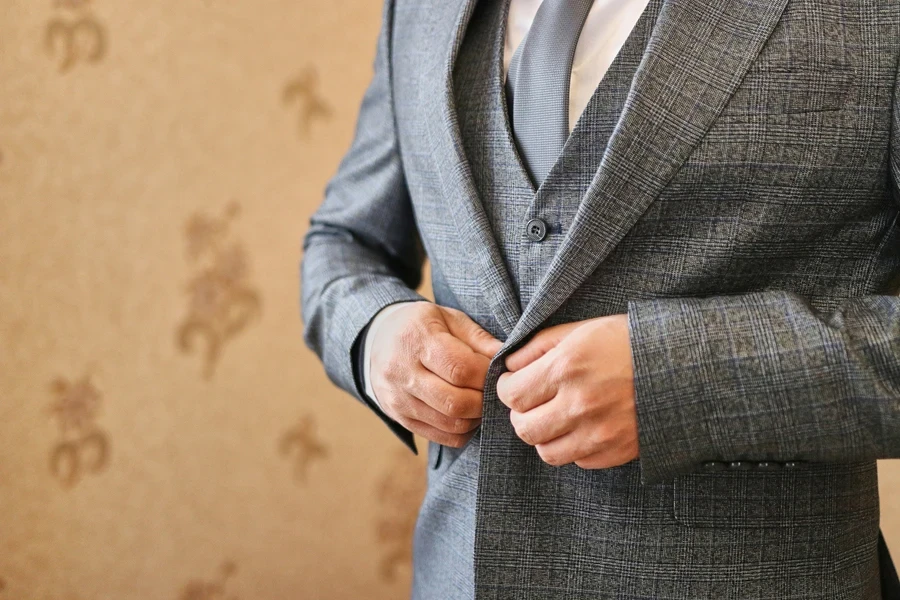
Fabric details: Thebasics of fabric construction for monochrome textiles for men’s fashion are stylish. Experts suggest sourcing plaids, checks with glitches, Prince of Wales, and other optical effects for suits and lightweight jackets. Also, explore fabrics for classic-style shirts featuring dobbies, jacquard, and similar elements.
Plain colors in black, white, gray, and other monochrome designs ensure a stylish end product that designers and customers want in this category. Moreover, certified cotton and FSC viscose are perfect for shirts, whereas certified cashmere and wool blends are suggested for suiting.
Garment suggestions: Fashion designers use exceptional-quality formal monochrome textiles in shirts, jackets, separates, outerwear, and accessories.
Padded dimension
Fabric details: Men’s fashion made from padded textiles is fun, soft, and playful. Typical pieces in this line are puffer jackets and quilted shirts made from soft wool, nylons, and cotton in plain or patterned materials. Double-cloth structures, quilting, and bonded fabrics are appropriate, and they should be low-impact and recyclable to be successful in the fashion industry.
Garment suggestions: Like many other sections of the supply chain, fashion brands like using padded textiles to produce jackets, other outerwear, shirts, separates, and accessories.
Placing textile orders for men’s fashion
Market research proves just how lucrative the textile industry is, aiding buyers in making important decisions daily across sectors. However, when buyers need detailed information about which fabrics to pair with specific men’s clothing, WGSN is the go-to source for staying current.
To help buyers source the best textiles for global markets, we recommend browsing Alibaba.com. There, youcanbuild relationships with suppliers to access the best textiles for men’s clothes. With this solution easily accessible, it is time to place textile orders for men’s fashion and advertise them on your website.
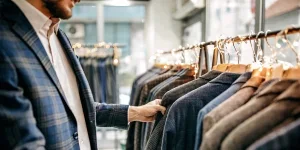
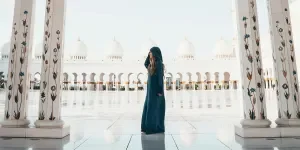
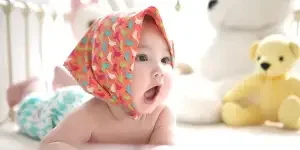
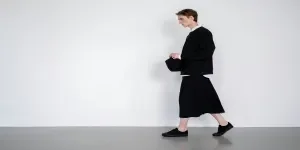
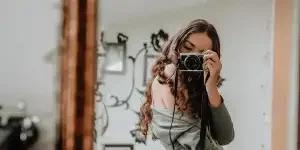
 Afrikaans
Afrikaans አማርኛ
አማርኛ العربية
العربية বাংলা
বাংলা Nederlands
Nederlands English
English Français
Français Deutsch
Deutsch हिन्दी
हिन्दी Bahasa Indonesia
Bahasa Indonesia Italiano
Italiano 日本語
日本語 한국어
한국어 Bahasa Melayu
Bahasa Melayu മലയാളം
മലയാളം پښتو
پښتو فارسی
فارسی Polski
Polski Português
Português Русский
Русский Español
Español Kiswahili
Kiswahili ไทย
ไทย Türkçe
Türkçe اردو
اردو Tiếng Việt
Tiếng Việt isiXhosa
isiXhosa Zulu
Zulu